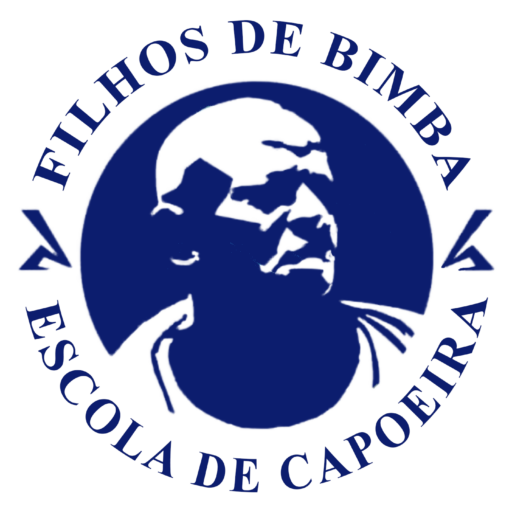The Samba de Roda combines music, dance and poetry. It is the root of the samba that everyone knows today as one of the most popular dances of Brazil. The origin of the term, as most of the cultural expressions in Brazil is controversial and indicates hybrid origins. For example, both the Arabic term “Zambra” that the African “Semba” are considered as plausible ancestors.
It is said that the Portuguese had been received by the indigenous peoples with a “Samba”, which in the indigenous language means roda de dança (a circle where you can dance) and the Amerindians used to celebrate and dance in almost all occasions in their tribe. Later with the importation of African slaves came the “semba” giving the dance aspect characteristic of an African dance, and then there was a Samba without a pandeiro (tambourine), led by the Portuguese in Roda.
Present throughout the state of Bahia, it is especially strong in the region of Recôncavo, a strip of land that extends behind the bay de todos os santos, and that since the seventeenth century has received a large contingent of blacks slaves brought from Africa to work in the sugar cane plantations. The samba de roda is deeply tied to the traditions of these Africans recreated by their descendants who have fused to Portuguese cultural traits, such as forms of language and poetry in particular.
Today, the samba de roda from Recôncavo comes in many variations such as samba chula , the samba corrido , the Barravento, all combine with daily activities, the religious calendar and popular holidays. Although adapted to correspond to new environments in Brazil, samba de roda still in part consists of the descendants of slaves.

